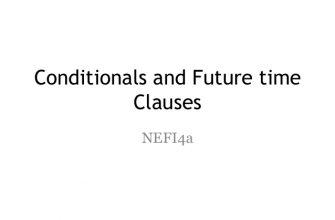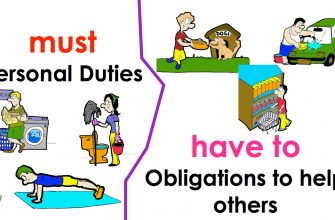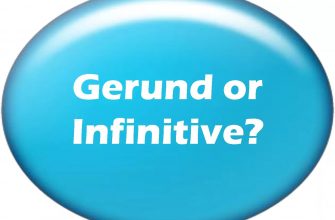The simple present, present simple, or present indefinite is one of the verb forms associated with the present tense in modern English. It is commonly referred to as a tense, although it also encodes certain information about aspects in addition to the present time. The simple present is the most commonly used verb form in English, accounting for more than half of verbs in spoken English.
It is called “simple” because its basic form consists of a single word (like write or writes), in contrast with other present tense forms such as the present progressive (is writing) and present perfect (has written). For nearly all English verbs the simple present is identical to the base form (dictionary form) of the verb, except when the subject is third-person singular, in which case the ending -(e)s is added. There are a few verbs with irregular forms, the most notable being the copula be, which has the simple present forms am, is, and are.
Affirmative forms of the verb to be
| Subject Pronouns | Full Form | Contracted Form |
|---|---|---|
| I | am | ‘m |
| you | are | ‘re |
| he/she/it | is | ‘s |
| we | are | ‘re |
| you | are | ‘re |
| they | are | ‘re |
Interrogative forms of the verb to be:
| Am | I? |
| Are | you? |
| Is | he/she/it? |
| Are | we? |
| Are | you? |
| Are | they? |
Negative Forms of the verb to be:
| Subject Pronouns | Full Form | Contracted Form |
|---|---|---|
| I | am not | ‘m not |
| you | are not | aren’t |
| he/she/it | is not | isn’t |
| we | are not | aren’t |
| you | are not | aren’t |
| they | are not | aren’t |
Examples:
- Is Brad Pitt French?
- No, he isn’t. He‘s American.
- What about Angelina Joli? Is she American, too?
- Yes, she is. She is American.
- Are brad Pitt and Angelina Joli French?
- No, They aren’t. They are American.
Use of the simple present of to be
The principal use of the simple present is to refer to an action or event that takes place habitually, but with the verb “to be” the simple present tense also refers to a present or general state, whether temporary, permanent or habitual.
- I am happy.
- She is helpful.
The verb to be in the simple present can be also used to refer to something that is true at the present moment.
- She is 20 years old.
- He is a student.
Remember:
- I, you, he, she, it, you, they are subject pronouns (also called personal pronouns, a term used to include both subject and object pronouns.)
- am, are, is are forms of the verb to be in the simple present.
- ‘m, ‘re, ‘s are short (contracted) forms of am, are, is
- ‘m not, aren’t, isn’t are short (contracted forms) of am not, are not, is not.








